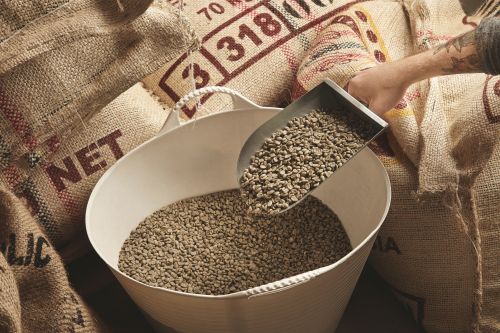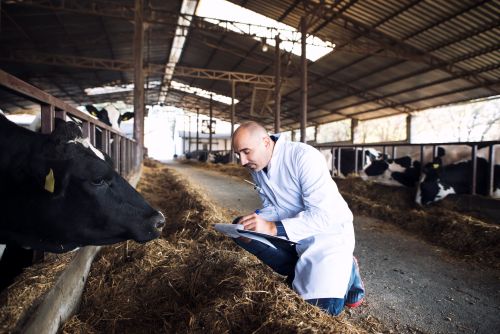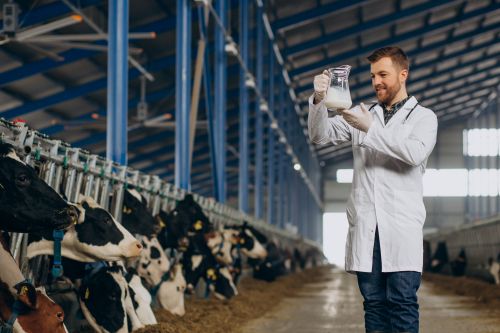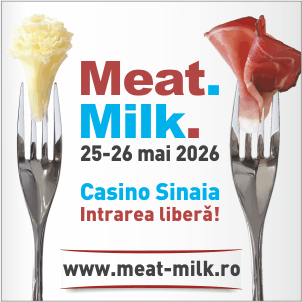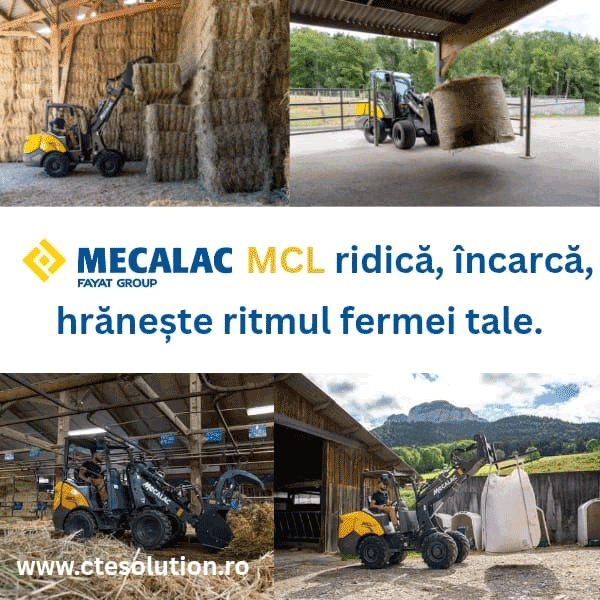416
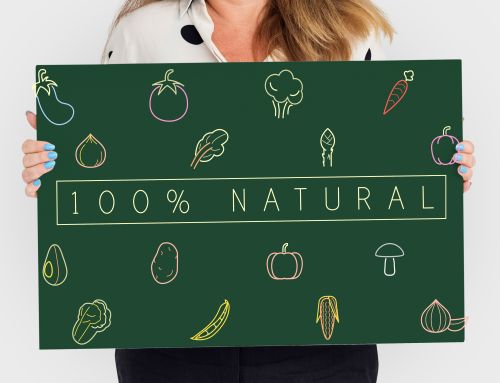
The meat industry is undergoing a moment of structural transformation. The pressure of European regulations on reducing carbon emissions, along with growing consumer demand for sustainable products, is forcing processors to rethink the entire production chain—from farms to shelves. Romania, with a competitive yet fragmented sector, must move from mere compliance to innovation if it wants to remain relevant on the European market.
According to the FAO, global meat production generates around 14% of total greenhouse gas emissions worldwide. The European Union aims to cut these emissions by 55% by 2030, a goal that directly affects Romanian processors as well.
Through the “Fit for 55” package, the European Commission is enforcing concrete measures: optimizing energy consumption, capturing methane, valorizing by-products, and investing in low-emission processing technologies. At the same time, EFSA has published guidelines on monitoring the carbon footprint of industrial processes—a criterion that will become mandatory for reporting starting in 2026.
For Romanian processors, the green transition represents a financial challenge. According to Eurostat, the costs of implementing low-emission technologies can reach 10–12% of an average slaughterhouse’s annual turnover. However, through the 2023–2027 National Strategic Plan (PNS), the Ministry of Agriculture and Rural Development (MADR) has included green investments among eligible expenses, offering non-reimbursable funding of up to 70%.
A promising direction is the valorization of organic waste to produce biogas, which can cover up to 30% of a processor’s energy consumption. In parallel, the use of renewable energy sources (photovoltaic panels, heat pumps) reduces operational costs and strengthens a sustainable brand image.
A recent report from the European Commission estimates that low-carbon meat products will represent 20% of the European market by 2030. For Romania, the rapid adoption of these standards could open access to premium segments and to Western markets where ESG requirements are becoming decisive.
The meat industry can no longer be evaluated solely by volume, but by efficiency and responsibility. The future belongs to those who understand that sustainability is not a cost—it is an investment in relevance and competitiveness.
(Photo: Freepik)
